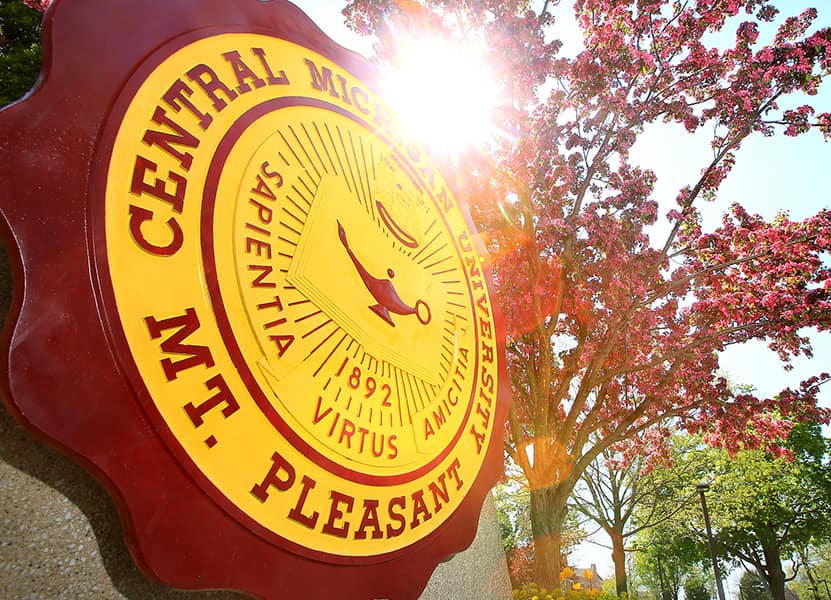The collection is organized by size first and then numerical order. There are 17 glass-plate negatives, each measuring approximately 8 inches by 10 inches, 24 glass-plate negatives, each measuring approximately 6.5 inches by 8.5 inches, and 35 glass-plate negatives, each measuring 5.5 inches x 7.5 inches.
The collection documents businesses (often two businesses are photographed on one plate), various steamers, the Soo Locks, notably Weitzel Lock, lock construction, school children, parades (6 images), of which one is a circus parade with elephants and camels, and a few miscellaneous topics, in Sault Sainte Marie, Michigan, 1894-1900s. Some of the images are dated with two dates, the later being 1938, when they were owned by Gordon Daun. Other images are undated, but they clearly date from the 1894-1900s period.
The descriptions of the negatives are from the original sleeves. Further notation, in square brackets, has been made by the Archivist when there was no original description, when the original description is insufficient to understand what the image is, or when negative is damaged. Abbreviations in the original descriptions are spelled out for ease of use by researchers.
Fifteen of the plates were badly crushed, broken into numerous pieces, or had emulsions that were severely damaged, in several cases peeling off so badly that it looked like a cat had shredded the image. Pat Thelen, Clarke digitizer, had a Herculean task to piece the images back together again and clean up as many problem spots as possible. The badly damaged negatives were withdrawn from the collection. The scanned copies are on a disc and printouts of the images are filed in the rear of Box 3 according to the size of the original plate, and then numerically. These printed images are the best images that could be created from the pitiful remains of the negatives.
Biography:
Notes on most of the original sleeves for the smaller glass-plate negatives indicate that the images were originally owned by Otto Supe of Sault Sainte Marie, Michigan, and in 1938 by Gordon Daun. It is possible that Supe collected the images, some of which date to 1895 or 1896 through the 1930s, or that he was the original photographer.
According to the federal census for Michigan, 1870-1880 and 1900-1910, Otto was the son of Charles Supe, a produce merchant or wholesale grocer in Bay City, Michigan, between 1870 and 1880, and his wife, Caroline. Both Charles and Caroline were from Prussia. They had several children: Charles (b. 1863), Otto (b. Sept. 1864 or 1865), Caroline (b. 1869, d. before 1879), Gustanrs (Gustave?) (b. 1867), and a second daughter named Caroline (b. 1880). Two of the smaller negatives in the collection document a view of O. Supe’s Store (groceries and jewelry) built in 1887 on Portage Avenue, near Ferris Street, in Sault Sainte Marie, Michigan. Apparently, Otto had moved and built a store by 1887. There is no 1890 census for Michigan. In 1893, Otto married Hadie W. Ellis (b. 1872), the daughter of David Ellis. They lived in Sault Sainte Marie, Michigan, at least through 1920. Together Otto and Hadie had several children: Margarete C., (b. July 1894), Ottilee or Attilee C. (b. July 1897), and Hadie C. (b. 1910). Otto’s father-in-law, David Ellis, lived with the family from 1900 through at least 1910. The family is not listed in the 1930 census. Hadie, the wife, died in 1924. A brief notice of her death appears in the St. Ignace Enterprise, August 7, 1924, p. 1, and notes that Hadie was a native of the city and that her husband was the mayor of Sault Sainte Marie. Hadie died after suffering for three years from paralysis.
